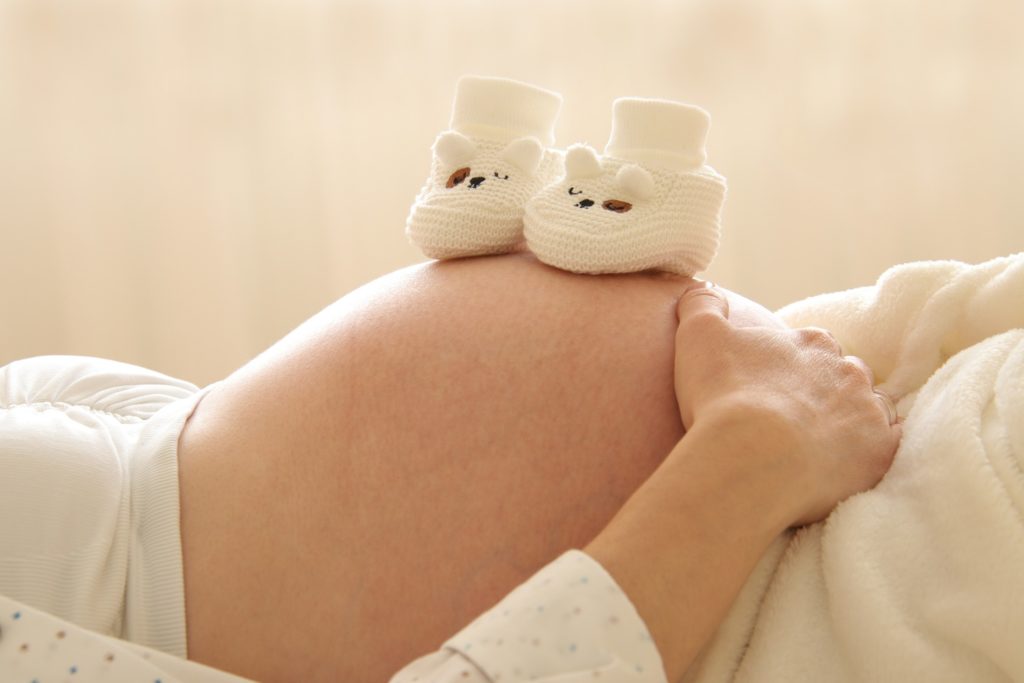Subserous myoma is a type of uterine fibroid that develops on the outer layer of the uterus. These growths are non-cancerous, but they can cause discomfort and pain for women who have them. In addition, women who are pregnant and have subserous myomas can face a range of complications during pregnancy, delivery, and postpartum. Understanding subserous myoma in pregnancy is essential for women who are pregnant or planning to become pregnant.

What are subserous myomas?
Subserous myomas are fibroids that form on the outer layer of the uterus. They are usually small and have a round shape, but they can grow to be larger than a tennis ball. Subserous myomas are the most common type of fibroids, accounting for about 30% of all cases. They are also the most likely type of fibroids to grow during pregnancy.
How do subserous myomas impact pregnancy?
Subserous myomas can impact pregnancy in several ways. During pregnancy, the uterus expands as the fetus grows, and subserous myomas can cause the uterus to enlarge more than it should. This can lead to abdominal discomfort and pressure, as well as back pain. Additionally, subserous myomas can cause discomfort during sex and bladder pressure, making it difficult to empty the bladder completely.
Subserous myomas can also impact pregnancy by interfering with the growth and development of the fetus. If a subserous myoma is large enough, it can cause the uterus to be misshapen, which can impact the flow of blood and nutrients to the fetus. This can result in a range of complications, including premature birth, low birth weight, and stillbirth.
Finally, subserous myomas can impact delivery by making it more difficult for the baby to descend through the birth canal. In some cases, subserous myomas can cause the uterus to be misshapen, which can make it difficult for the baby to rotate and descend through the birth canal. This can increase the risk of cesarean delivery or forceps delivery.
How is subserous myoma diagnosed during pregnancy?
Subserous myoma can be diagnosed during pregnancy through ultrasound. This is a non-invasive test that uses high-frequency sound waves to create images of the uterus and surrounding organs. During an ultrasound, the healthcare provider will look for any signs of subserous myomas, such as growths on the outer layer of the uterus.
In some cases, subserous myoma may not be noticeable on ultrasound until the woman is further along in her pregnancy. In these cases, the healthcare provider may perform an MRI to get a clearer picture of the uterus and surrounding organs.
How is subserous myoma treated during pregnancy?
Subserous myoma is typically treated conservatively during pregnancy, as the risk of complications from surgery is greater than the risk from the myoma itself. In most cases, subserous myoma does not require treatment during pregnancy, and the woman can proceed with a normal delivery.
However, in some cases, subserous myoma may need to be treated. If the myoma is causing discomfort or interfering with the growth and development of the fetus, the healthcare provider may recommend surgery. This is typically done after the birth of the baby, as the risk of complications is lower.
In conclusion, subserous myoma is a type of uterine fibroid that can impact pregnancy in several ways. Women who are pregnant or planning to become pregnant should be aware of the potential risks and complications associated with subserous myoma.

Fibroids And Exercise: What’s The Best Workout Plan?
Exercise is not just beneficial for weight loss—it also plays a crucial role in **hormonal balance, inflammation control, and improved circulation**, all of which can influence fibroid growth. But not all workouts are created equal when dealing with fibroids. Why Exercise Matters for Fibroids Regular physical activity helps manage fibroids by: Regulating Estrogen Levels: Exercise […]
Green Tea And Fibroids: Can It Help Shrink Tumors?<
Green tea has been consumed for centuries due to its numerous health benefits, but recent studies suggest it may also help **shrink fibroids**. The key lies in its high content of **epigallocatechin gallate (EGCG)**, a powerful antioxidant with anti-inflammatory and anti-estrogenic properties. How Does Green Tea Help with Fibroids? Research indicates that green tea can […]
How Hormones Influence Fibroid Growth
Hormones are the **primary drivers of fibroid growth**, with estrogen and progesterone playing key roles. Many women with fibroids struggle with hormonal imbalances, often without realizing it. Understanding how these hormones interact can help you take control of your health and manage fibroid symptoms effectively. What Causes Hormonal Imbalances? Several factors can contribute to excess […]
The Best Diet For Managing Fibroids Naturally
One of the most overlooked factors in fibroid management is **nutrition**. What you eat directly impacts your hormone levels, inflammation, and overall uterine health. Many women suffering from fibroids experience heavy bleeding, pain, and bloating—symptoms that can often be improved with the right diet. How Does Diet Affect Fibroids? Several studies have shown that estrogen […]
